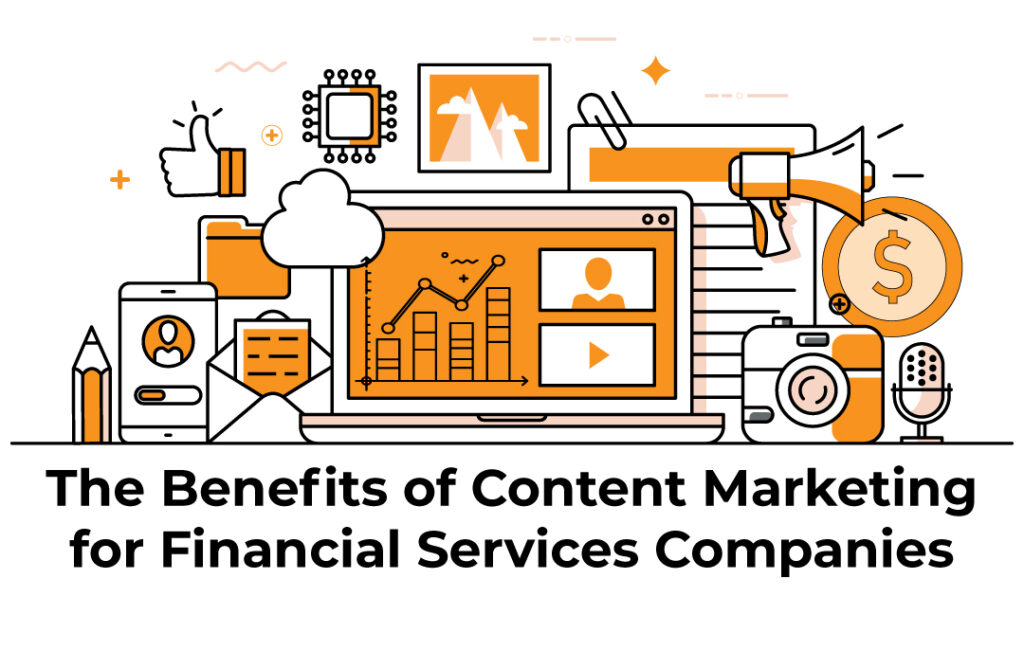If you’re in the B2B world, you probably already know about leads. But what you might not realize is that not all leads are created equal. Enter lead nurturing: the process of slowly nourishing people along a marketing pipeline to take them from ‘vaguely interested’ to ‘ready to buy’ – before they ever talk to a salesperson. Here’s what lead nurturing is, and how you can execute lead nurturing activities right now.
Why you need to nurture
There are a few basic reasons that you should nurture leads.
First, only a small segment of your marketing universe (i.e. everyone who could possibly purchase your product) will be looking to buy at any one time. These are the people sales needs to talk to. But:
- These people are difficult to identify
- These people are usually already talking to vendors. If you’re only starting the relationship at this point, you’re already fighting an uphill battle (unless you’re an incumbent provider, like Salesforce or Microsoft)
Nurturing is about talking to the people who can and might buy one day but aren’t ready to buy yet. This practice builds a relationship between your potential consumers and your brand/UVP before other vendors are banging on the door.
Second, people take a long time to make a decision. If you call someone out of the blue and ask them to part with their hard-earned cash, they’re probably going to say “no.”
Lead nurturing is about providing utility to prospects so when your sales team does eventually reach out, your company is already a trusted and viable resource.
Finally, lead nurturing makes your sales process more efficient. If your sales team is only talking to qualified, ready-to-buy leads who already know and like your company, their job gets a lot easier.
5 Tactics to nurture leads effectively
Now that we know why lead nurturing is worthwhile, let’s focus on how to get it done.
1. Great targeted content
Targeted content is content that is tailored to the pain and challenges of your buying personas. By creating blog posts, articles, videos, podcasts, webinars, guides, templates and more that solve your leads’ problems, you can increase your sales opportunities by up to 20%.
2. Multi-channel marketing
Lead nurturing inevitably starts with email marketing. But it shouldn’t stop there. Major marketing teams should be investing in retargeting ads, marketing automation based on behavior (e.g. if the prospect does X, then Y happens), organic and paid social media marketing, dynamic web content and integrated call campaigns.
Smaller marketing teams who don’t have that kind of bandwidth should pick two-three channels and ensure they’re working in tandem. For example, you could have your sales team call on every prospect who opens an email from a marketing blast.
3. Timely follow-ups
The odds of a lead converting increase 21 times if you reach out to them in the first five minutes of a website visit versus the first 30 minutes.
Nurturing technology stacks should be built so that sales teams have the ability in real time to see and connect with web visitors, either via live chat or phone.
4. Personalize, personalize, personalize
Just as your content should be personalized to the buyer persona, your communications should be personalized to the individual. Things like tailoring subject lines, using names and industries and other simple merge fields can increase your ROI six times over.
5. Scoring your leads
Scoring your leads is the process of assigning “points” for every contact a lead has with your company and setting a threshold for sales activity to commence based on those points.
For example, opening an email might be 10 points, clicking through might be 10 points, and visiting your pricing page might be 50 points.
If your threshold is 50 points, then someone visiting the pricing page would trigger a sales call (in real time). Or, if a prospect opens four emails and clicks through on 2 emails, that activity would also trigger a sales call (because their total is 60 points – e.g. over the threshold).
Scoring keeps your sales team focused on contacts who are likely to convert, vastly increasing the efficiency of their time.
Summary
For B2B marketers, lead nurturing isn’t optional anymore– it’s par for the course. By engaging leads early, often, and providing utility to them, you build the value of your brand and your product/service long before consumers are looking to buy.
By the time the sales team is looking to reach out and engage, consumers are primed for that contact, increasing close rates, increasing sales efficiency and decreasing sales cycles.
Lead nurturing is what happens when marketing and sales truly work together.
Looking to take the next step engaging with consumers and priming leads? We’d love to help! Contact us today to schedule a meeting.






